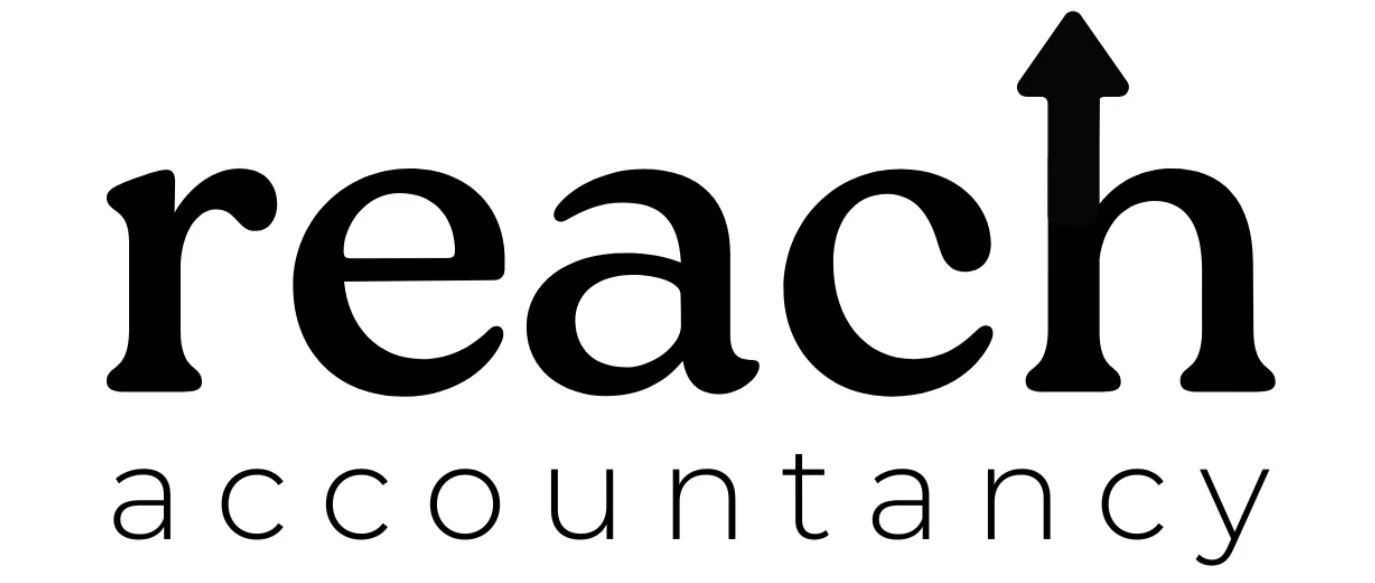What You Need to Know About Childcare and Tax
We know all too well that balancing childcare and work is challenging enough, so understanding what help and support you can get shouldn’t add to your stress. So we have put together a guide to the help you may be able to get with childcare costs, whether you’re employed, self-employed, or running a limited company.
Free Childcare Hours: 15 and 30 Hours Entitlement
The UK government offers free childcare hours to help working parents with early education costs. What you get depends on the age of the child and your income and working hours:
· 15 hours per week of free childcare or early education is available to all 3 and 4-year-olds, and some 2-year-olds in eligible families.
· 30 hours per week of free childcare will be available from September 2025 to working parents of children from 9 months old to school age, where parents meet prescribed criteria (broadly that each parent earns at least the National Minimum Wage for 16 hours per week, but earns under £100,000 per year).
Key points:
✅ These free hours can be used during term time or stretched across the year, depending on the provider’s policies. They can be used at approved nurseries, childminders, preschools, and some playgroups.
✅ They are separate from Tax-Free Childcare (see below) - these two schemes can be combined to reduce your overall childcare costs.
✅ Although the government website refers to the scheme as ‘free childcare’, you may find that you do still have to pay a reduced amount to your provider, to cover things like meals, nappies, additional activities, etc.
✅ Providers also do not have to offer this scheme, so it may make sense to ask the question when deciding on which childcare provider you wish to use.
How to apply: Set up an account via the government website: Get Free Childcare if you’re Working
Tax-Free Childcare
Tax-Free Childcare is a government scheme available to working parents in the UK, whether employed, self-employed or a partner in a partnership. Essentially, for every £8 you pay into an online childcare account, the government adds £2, up to £2,000 per child per year (or £4,000 if your child is disabled).
Key points:
✅ Available for children under 12 (or under 17 if disabled)
✅ Both parents (or the single parent) must usually be working and earning at least the National Minimum Wage for 16 hours per week
✅ It can’t be used alongside childcare vouchers or Child Tax Credits/Universal Credit, but it can be used alongside the 15 or 30 hours free childcare
✅ Funds can pay for approved childcare: childminders, nurseries, nannies, after-school clubs, and holiday clubs
How to apply: Set up an account via the government website: Tax-Free Childcare.
Childcare Vouchers (Closed to New Applicants)
Childcare vouchers allowed parents to pay for childcare from their gross salary (before tax and National Insurance) through salary sacrifice, resulting in tax and NI savings. This scheme was closed to new entrants in October 2018, but parents already in a voucher scheme may continue while they remain with the same employer and meet eligibility criteria.
Tip: If you’re still receiving vouchers, it might be worth reviewing whether switching to Tax-Free Childcare would save you more. This depends on your income, number of children, and childcare costs.
Childcare Costs and Universal Credit
For those on a low income, Universal Credit can cover up to 85% of childcare costs, capped at:
£1,031.88 per month for one child
£1,768.94 per month for two or more children
You must report your childcare costs promptly to claim reimbursement.
Childcare Costs for the Self-Employed & Company Directors
Sole traders & partnerships:
Childcare costs are not an allowable business expense, since HMRC considers childcare a personal cost. You can’t claim it to reduce your taxable profits. The good news is that you can still use the schemes mentioned above to save on your childcare costs, as long as you meet the criteria stated.
Limited company directors:
If your company pays for childcare directly or reimburses you, it’s generally treated as a taxable benefit-in-kind, creating a tax charge for you and a National Insurance charge for both you and the company.
Usually the most tax efficient route that many directors use is to take advantage of the Tax-Free Childcare and Free Childcare Hours schemes personally, rather than have childcare costs paid through their company.
Child Benefit
Child Benefit is available to all parents, but keep an eye on the High Income Child Benefit Charge. This will kick in if either you or your partner individually currently earn over £60,000 per annum. Once either you or your partner currently have individual income over £80,000, then the charge will be equal to 100% of the Child Benefit received, and therefore it is worth considering whether to opt out of receiving the payments.
It is still sensible to apply for Child Benefit even if you don’t want to receive the payments (i.e. have income over £80,000), as you can state on the form that you do not wish to receive the payments, but you will then receive qualifying years for state pension purposes.
A Child Benefit claim can be made 48 hours after registered the birth of a child, or once a child comes to live with you. Child Benefit can be backdated for up to 3 months from the date a claim is made.
How to apply: Make a claim for Child Benefit via the government website: Child Benefit – Make a Claim
Private School Fees
Private school or nursery fees don’t qualify for tax relief beyond the schemes above. However, if a grandparent wants to pay private school fees on behalf of their grandchild, this could prove to be a useful way to pass on wealth whilst reducing a future inheritance tax liability, although professional advice should be sought first.
Conclusion
Whether you’re employed, self-employed, or a director, there are ways to reduce the financial burden of childcare, but choosing the right scheme is crucial. For tailored advice on how childcare costs affect your personal or business tax situation, get in touch with us today.
Disclaimer: This article is for general information purposes only and reflects the law and guidance at the time of writing. It does not constitute professional advice. Please consult a qualified advisor before making financial or tax-related decisions.

